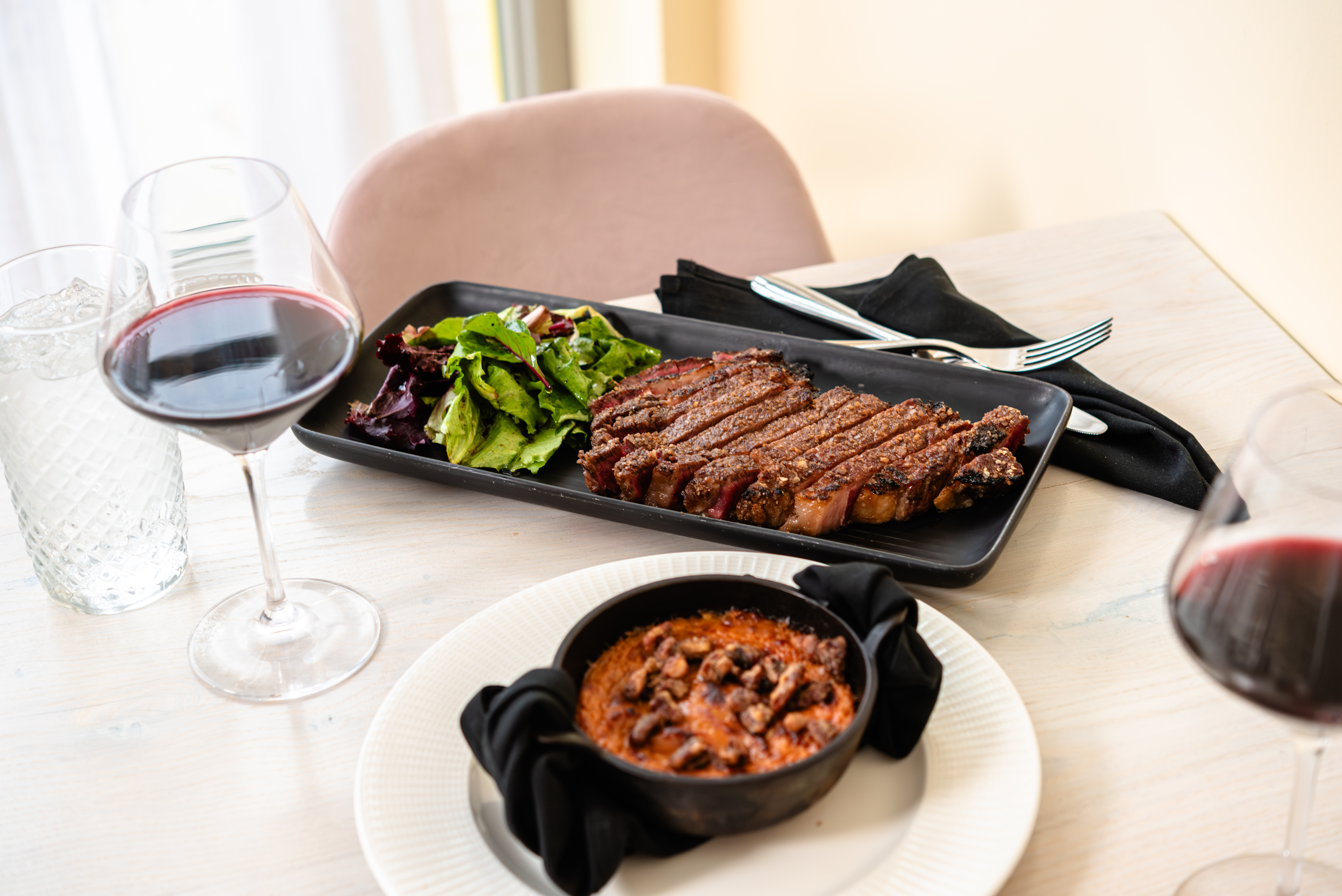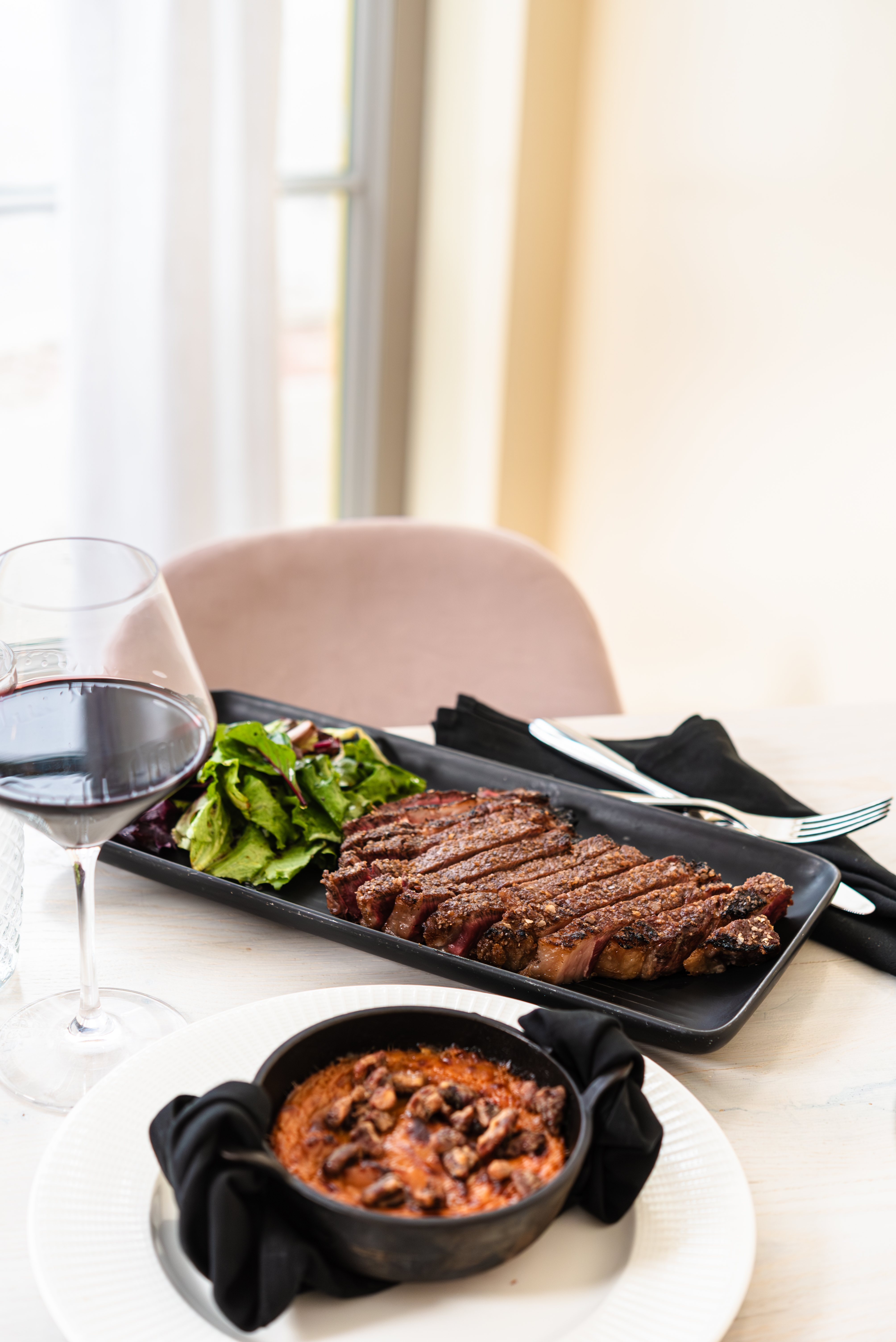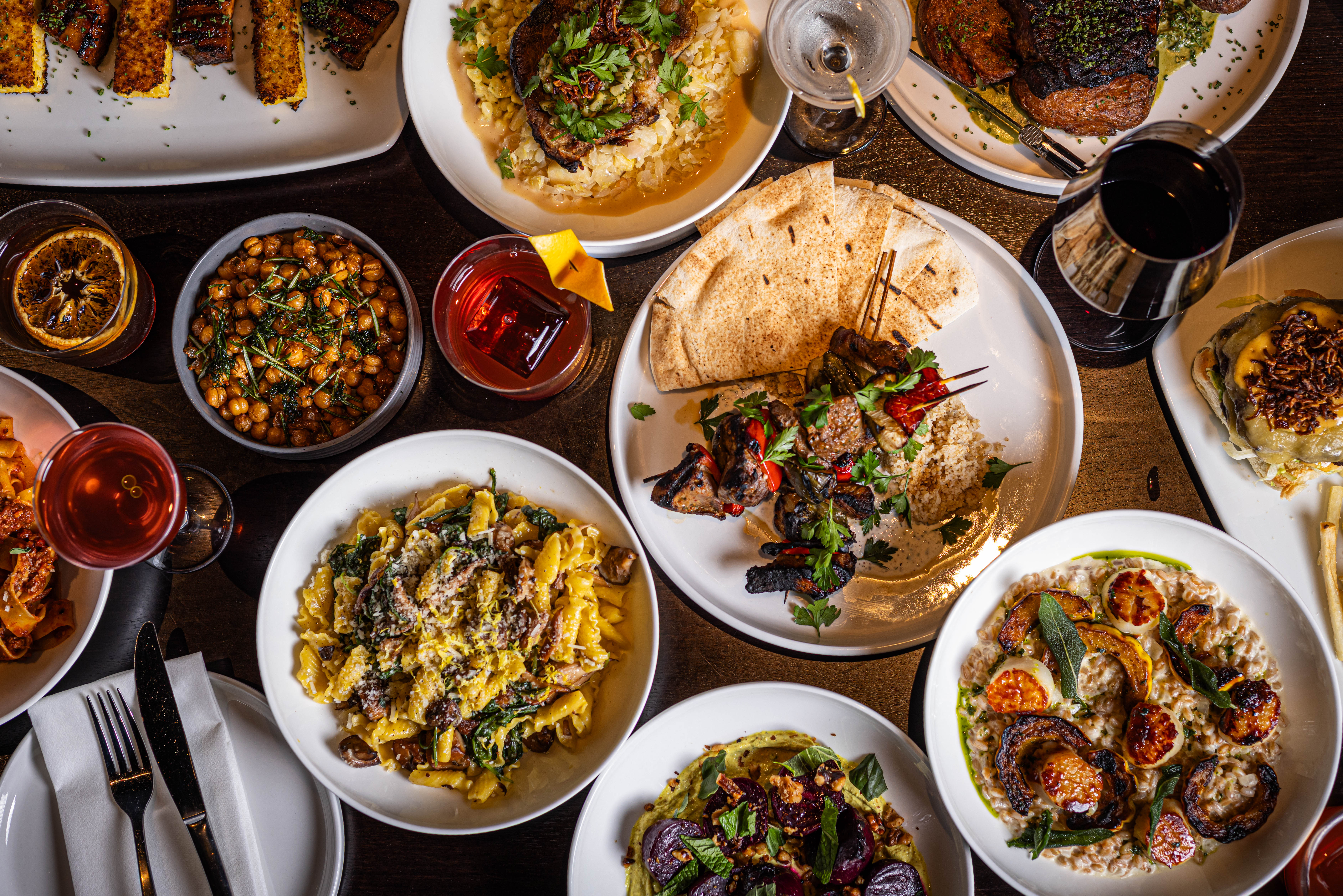The Miller family has been selling whole cows to consumers since the 1950s from Miller Farms Beef in Rootstown, so we asked third-generation farmer Nick Miller for the rundown on a typical cattle call.
1| Ask yourself some questions. Can your family eat 250-plus pounds of beef in a year? Do you have a deep freezer with about 7.5 cubic feet of space? What's most important to you: quality or price? "You're literally buying the entire cow," Miller explains. Or, more likely, half a cow, which is what most families purchase. His clientele buy for taste and quality. Miller Farms cows are all Angus (a variety known for its beef) and are grain fed from the time they're weaned, so you're getting a lean cow with lots of yummy marbling. "People want to know that their animals were naturally fed where they were born," he says.
2| Do the math. Miller's beef costs $2 a pound for a slaughtered cow (typically about 350 pounds per half) as it hangs on the hook. Once it's been to the processor (tack on another $150-$200 for that service), and the bones and scraps have been removed, you're left with about 65 percent of the poundage, at a price of almost $4 a pound of take-home meat. "That's great for steak," Miller points out, "high for hamburg, but maybe not for good hamburg." So for about $900, take home around 260 pounds of quality meat, and be prepared to eat five pounds of beef a week, every week, for the next year.
3| Honor thy processor. Once you've purchased from a farm such as Miller's, it's off to the processor, your crucial link between farm and freezer. Miller can recommend processors and encourages buyers to work closely with the butcher. Miller keeps it simple: "I tell them to make as many steaks as you can, and I'll take the rest in hamburger patties." Connoisseurs of cow can request everything from custom-sized steaks to roasts and tenderized cuts, and most processors will vacuum-pack so it'll last all year.










